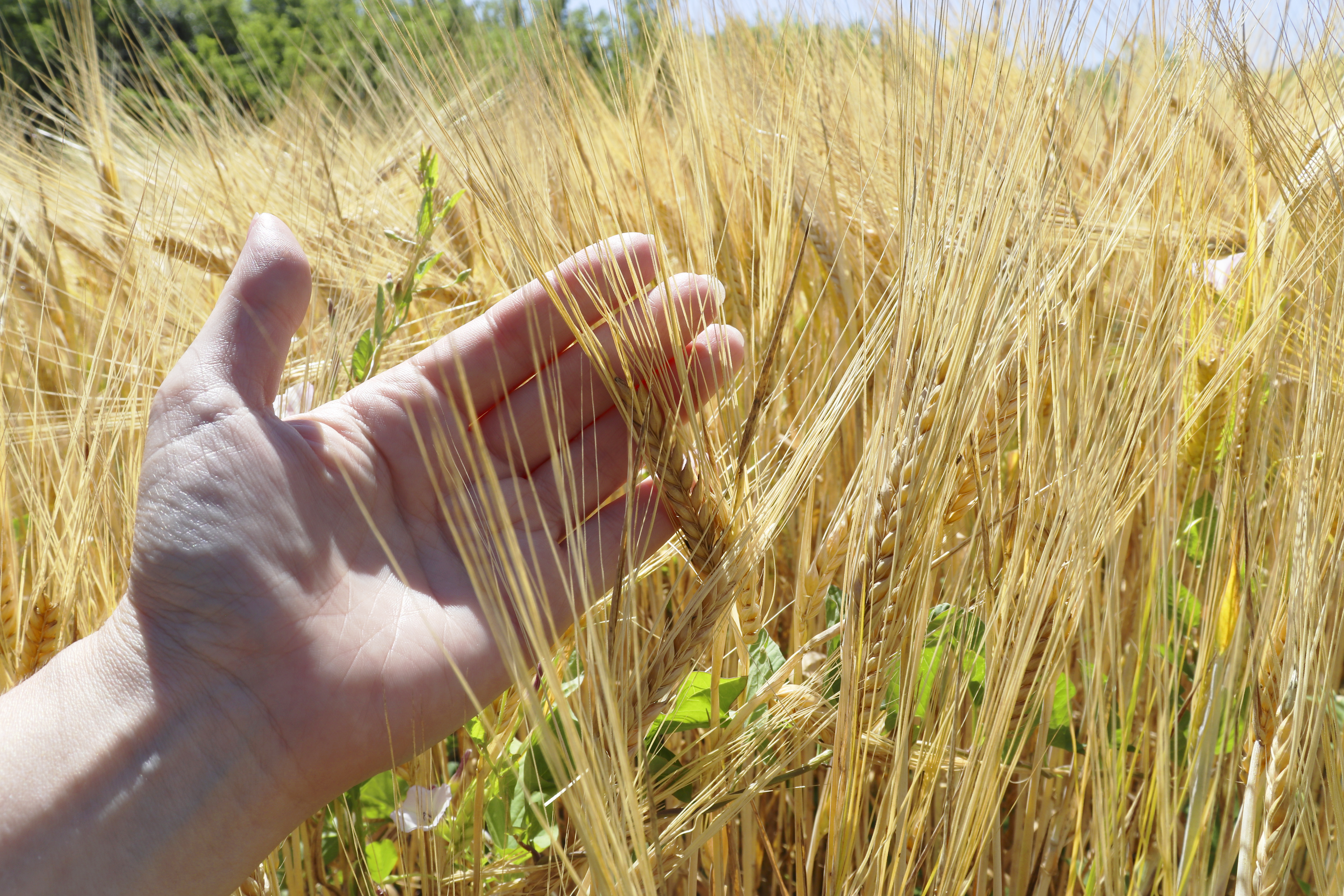Share This
Regenerative agriculture is a method of farming that has been gaining traction for a while now. The goal behind regenerative farming practices is that they improve soil health over time rather than gradually degrading it. These practices can include strategies such as cover cropping, crop rotation, no-tillage or low-tillage systems, and minimizing or eliminating the use of chemical fertilizers and pesticides. Regenerative practices are very often paired with organic growing methods and often involve the use of non-commodity crop varieties bred for their taste, nutrition, and climate resilience, rather than a focus on high yields first and foremost.
This week, we spoke with a couple of our member companies who have recently introduced Regenerative Organic Certified products to the market to learn more about these growing practices and their benefits.
Growing Consumer Interest and the Value of Regenerative Certification
Over the past few decades, consumers have become both more curious and more knowledgeable about their food. “Increasingly, we’re seeing that consumers want to know where their food comes from, how it’s grown, and how it aligns with their values so they can eat the change they want to see in the world,” explains Brita Lundberg, a fourth-generation farmer at Lundberg Family Farms. Offering transparent information about the growing practices used by farmers is one way to better connect consumers with the foods they’re buying and eating. “But it’s noisy out there, and the potential for consumer confusion is high. We believe third-party Regenerative Organic Certification will help build consumer trust and hold the industry accountable for making meaningful change.”
Dianne Wolters, vice president of product development at Everspring Farms notes that this increased consumer engagement has “naturally led to an interest in sustainability in food supply chains.” The WGC’s consumer research has shown that one quarter of American consumers today say they shop with environmental sustainability in mind and try to choose foods that are good for the climate. With climate change becoming an ever-larger threat, interest in sustainable food systems is expected to continue to grow. “Although there are not many certified regenerative products available in the market yet, we believe customers will be very receptive to these types of products,” says Wolters.
The Benefits of Regenerative Agriculture
Of course, providing consumers with better transparency about the methods by which their food was grown is just the tip of the iceberg when it comes to the advantages of regenerative agriculture. Wolters sees regenerative agriculture as a real win-win-win situation for growers, consumers, and the environment. “For farmers, regenerative approaches help us become more resilient to various external factors, both environmental and economic. For the planet, improving soil health below ground and biodiversity above ground mimics the natural tendencies of flourishing ecosystems and helps draw down carbon at the same time. For consumers, they get to enjoy healthy, nutritious foods while celebrating the positive environmental impact of farmers.”
For Lundberg, responsible land management is a value that has been passed down for generations in her family. “Great-Grandpa Albert Lundberg told us to leave the land better than we found it. We’re determined to follow in his footsteps by using regenerative organic farming practices to care for the land and the creatures who live on it.” With grains accounting for close to half the calories we consume globally and given that grain crops cover a significant portion of our agricultural land, Lundberg reminds us of the “massive opportunity for positive impact” that grains grown using regenerative farming practices could have on our planet.
Have you seen any regenerative certified products in the grocery store lately? We’d love to hear about them in the comments! To have our Oldways Whole Grains Council blog posts (and more whole grain bonus content!) delivered to your inbox, sign up for our monthly email newsletter, called Just Ask for Whole Grains. (Caroline)



Add a Comment